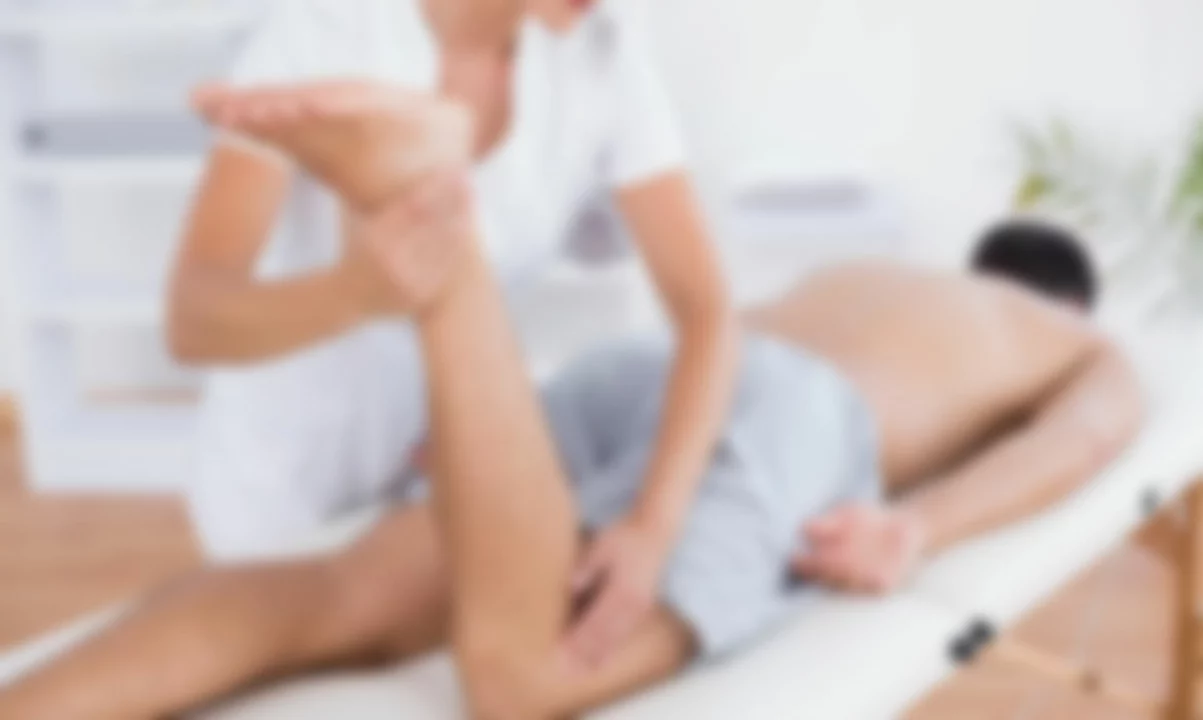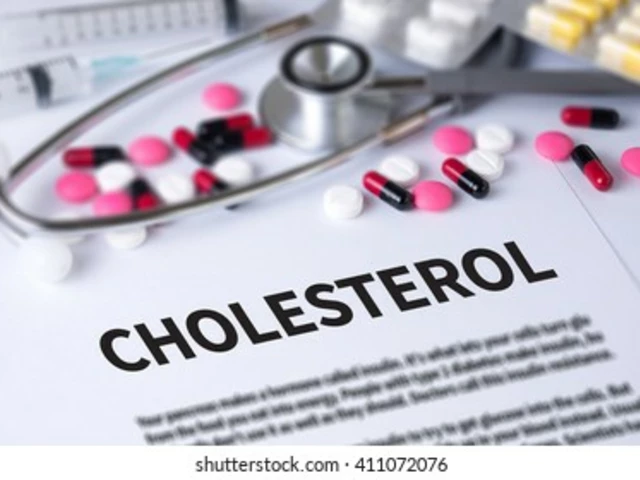Amenorrhea Management: Practical Steps to Get Your Cycle Back
Missing periods can be confusing and stressful. Amenorrhea means no menstrual bleeding for three months or more if you normally have cycles, or no periods by age 15 if puberty hasn't started. Causes range from pregnancy and breastfeeding to weight changes, intense exercise, stress, thyroid problems, and certain medications. The first step is to identify the cause so you and your clinician can choose the right plan.
Start with simple checks you can do now. If pregnancy is possible, take a home test. Track recent weight loss or gain, exercise habits, stress levels, and any new medications, including birth control. Note symptoms like hot flashes, hair loss, acne, or fatigue—these give clues about hormones. Bring a concise list of these details to your appointment to speed diagnosis.
Tests and diagnosis
Your clinician will usually order basic tests: a pregnancy test, blood checks for pregnancy hormone, thyroid function, prolactin, and reproductive hormones like FSH, LH, and estradiol. A pelvic ultrasound can check ovarian structure and uterine lining. If initial tests are unclear, more advanced tests or referrals to an endocrinologist or gynecologist may follow. Don’t be surprised if the process takes time—hormone patterns can be complex.
Treatment options that work
Treatment depends on cause. If pregnancy or breastfeeding explains amenorrhea, no treatment may be needed. For low weight or high exercise-related amenorrhea, restoring weight and easing exercise intensity often brings periods back. If thyroid or pituitary issues are found, targeted medications help. For polycystic ovary syndrome (PCOS), lifestyle changes plus hormonal birth control or metformin can regulate cycles. When contraception causes amenorrhea, switching methods fixes it for many people.
If you want to get pregnant, fertility-focused care may include ovulation induction with medications like letrozole or clomiphene, guided by your doctor. Bone health matters too: long-term lack of periods can lower estrogen and reduce bone density, so your clinician may check bone risk and suggest supplements or treatments if needed.
Small lifestyle moves make a big difference. Aim for steady, sustainable nutrition rather than crash diets. Reduce extreme workout volume and include rest days. Manage stress with practical tools: short walks, sleep regularity, and brief breathing exercises can lower cortisol and help hormones. Avoid unverified supplements that promise quick fixes—ask your clinician first.
Keep a menstrual and symptom diary. Note bleeding, mood changes, weight, medications, and fertility goals. This record helps your provider spot patterns and measure progress. If you feel dismissed, ask for clear explanations and next steps; you deserve care that respects your concerns.
Getting periods back may be fast or gradual. Stay patient, follow tailored medical advice, and use practical lifestyle changes. Regular follow-up and honest communication with your provider give the best chance of restoring a healthy cycle.
If you have pain, heavy bleeding, fever, or sudden weight changes, seek urgent care. Persistent amenorrhea affects mood and fertility, so early action improves outcomes. Ask about bone density tests and safe hormone options if cycles don't return right away.

The Role of Massage Therapy in Managing Amenorrhea
In my latest blog post, I explored the role of massage therapy in managing amenorrhea, which is the absence of menstruation in women. I discovered that massage therapy can help stimulate blood flow to the reproductive organs and balance hormone levels, which may improve menstrual regularity. Additionally, massages can help alleviate stress, a common factor contributing to amenorrhea. I also learned about specific massage techniques, such as abdominal massages and reflexology, that can be beneficial for women experiencing amenorrhea. Overall, incorporating massage therapy into a holistic approach to managing amenorrhea can lead to positive outcomes for many women.
Health and WellnessLatest Posts
Tags
- online pharmacy
- medication
- dietary supplement
- side effects
- online pharmacy UK
- medication safety
- mental health
- impact
- online pharmacies
- dosage
- skin health
- health
- pain relief
- dietary supplements
- massage therapy
- medication side effects
- eye inflammation
- health benefits
- mental health treatment
- thyroid medication




